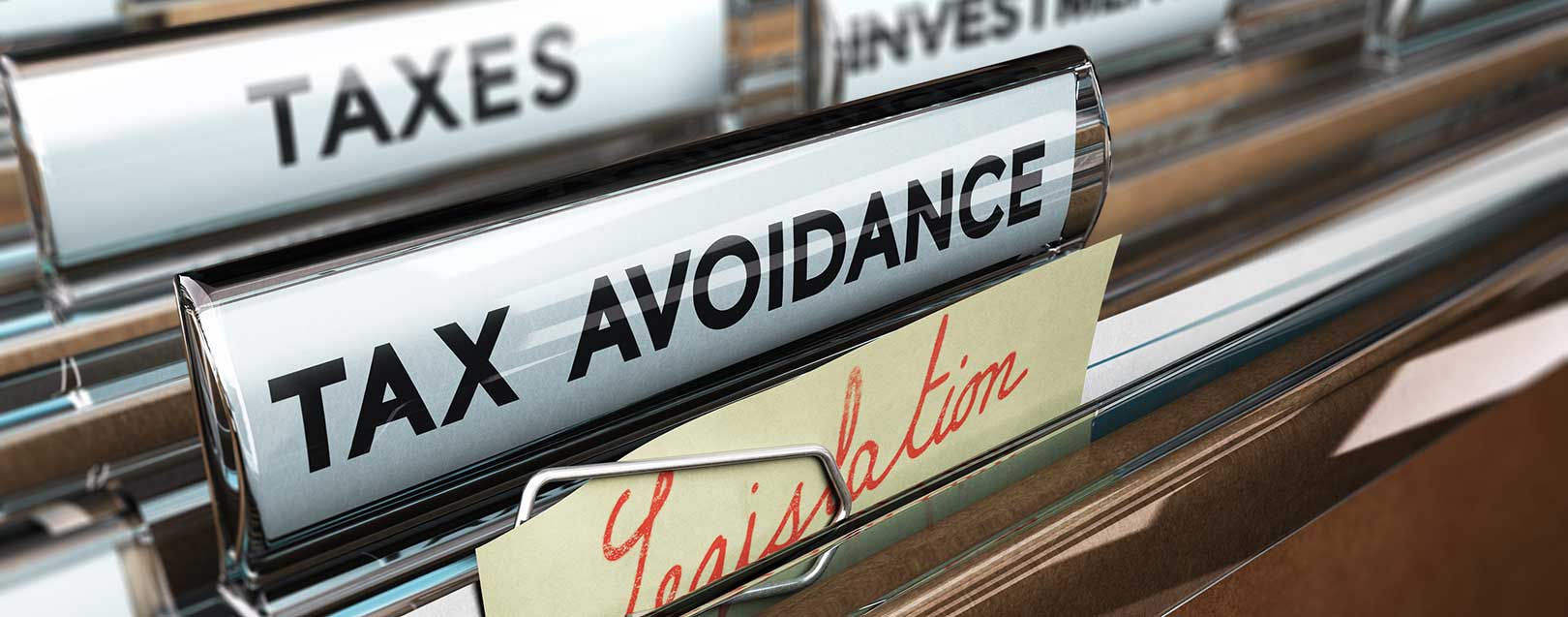
Would corporate taxation hit prospects of Make-in-India?
Sairaj Iyer
While most post-budget declarations by analysts declared that the budget was simple without much ambiguity, the one on corporate taxation seemed to take up a lot of discussion space as many felt that it could adversely impact the prospects of Make-in-India.
Just to recollect the Finance Minister's announcement in his Budget speech, when referring to corporate tax rates, announced that the government would over a period of three years, phase out various tax exemptions for the corporate sector and at the same time reduce the corporate tax from 30% to 25%. While the tax rate for 2015-16 has been left unchanged the details of the phased reduction are yet to be made public.
Most corporate events in Mumbai have been treating it as a contentious point of debate during their internal post-budget analysis since Feb 2, the day when budgets were officially announced. Veteran tax-lawyer Nihal Kothari of Assocham pointed that the corporate tax should have been kept at a still further lower rate since developed economies like the US and UK are thinking of bringing it down. A revised corporate tax could certainly have been a bait to retain inflows. “It is a relaxing measure, but certainly not adequate enough,” he shared during an Assocham post-budget analysis discussion.
Many think there are other powerful reasons for such industry reactions. The foremost among them being US President Trump's brazen policies and rhetorics. His twitter'ed remarks could have indirectly led to FPIs (Foreign Portfolio Investors) and Institutional investors to exit Indian shores since the end of December. According to an NSDL group, nearly $2.67 bn was taken out by FPIs, majorly from sectors such as IT & Healthcare. Corporate taxation should be reduced below 25% to retain further exits.
Speaking on the Make-in-India prospects, Frank Dsouza, a Sr. Partner with PwC who has had experience in media and entertainment sectors believes that as countries become more inward-looking, corporate taxation from 30 to 25 may not be adequately exciting enough for organisations. “They (government) do want manufacturers to come in, but can’t be just sitting here thinking that we would bring the corporate taxes from 30 to 25,” he shared during a panel discussion at the All India Association of Industries last week.
The budget was an important announcement since it came between demonetization and the implementation of GST. If the first was a massive drive to churn 86% currency, the other is anticipated to impact a considerable share from the informal business sector. Vijay Kalantri, the President of All India Association of Industries believes, that GST should drive more revenue and the Budget could have observed more pragmatic approaches.
“When VAT or Modvat came there were never revenue losses, and that is the same with GST- there would be more revenue as many people and informal sectors would fall under tax ambit. Higher taxes would lead to evasion, and hence GST should look at the highest belt of 16%,” he shared.
Kalantri’s analogy, when extended to corporate taxes means better tax revenues for the government and more avenues for Indian entrepreneurs to investments and financial resources. Zheng Bin, the CEO at Industrial Commercial Bank of China, who is based in Mumbai, believes that many Chinese investors are willing to invest in India, but hold back owing to regulatory frameworks and taxes.
The one major counter-argument most policy-makers would make is to steer the system clear of unknown risks and eventuality, and therefore 25% seems to be the perfect number to test waters. Dsouza, believes that the inclusion of corporate tax in the budgets points to a roadmap of this government, “a good budget provides good direction,” he suggests.
In this regard the budgets have been hailed as moderate. Kalantri goes to the extent of labelling the budget as “one devoid of unecessary fine-print and clarity”, but the rider on taxes along with the anticipated developments in GST post-Brexit does not augur well for programs such as Make-in-India. Companies who are looking at manufacturing in India, by investing sizeable capex are assuming great profits, but a capping at 25%, still is no reason for the cheer.
With the GST and state elections eating into the time of law-makers, and bureaucrats, it is expected that some reforms would be driven into the next budget. But till then will the charisma of Mr. Trump and the momentum of Make-in-India wait? It’s a certainly wait and watch game.





 to success.
to success.